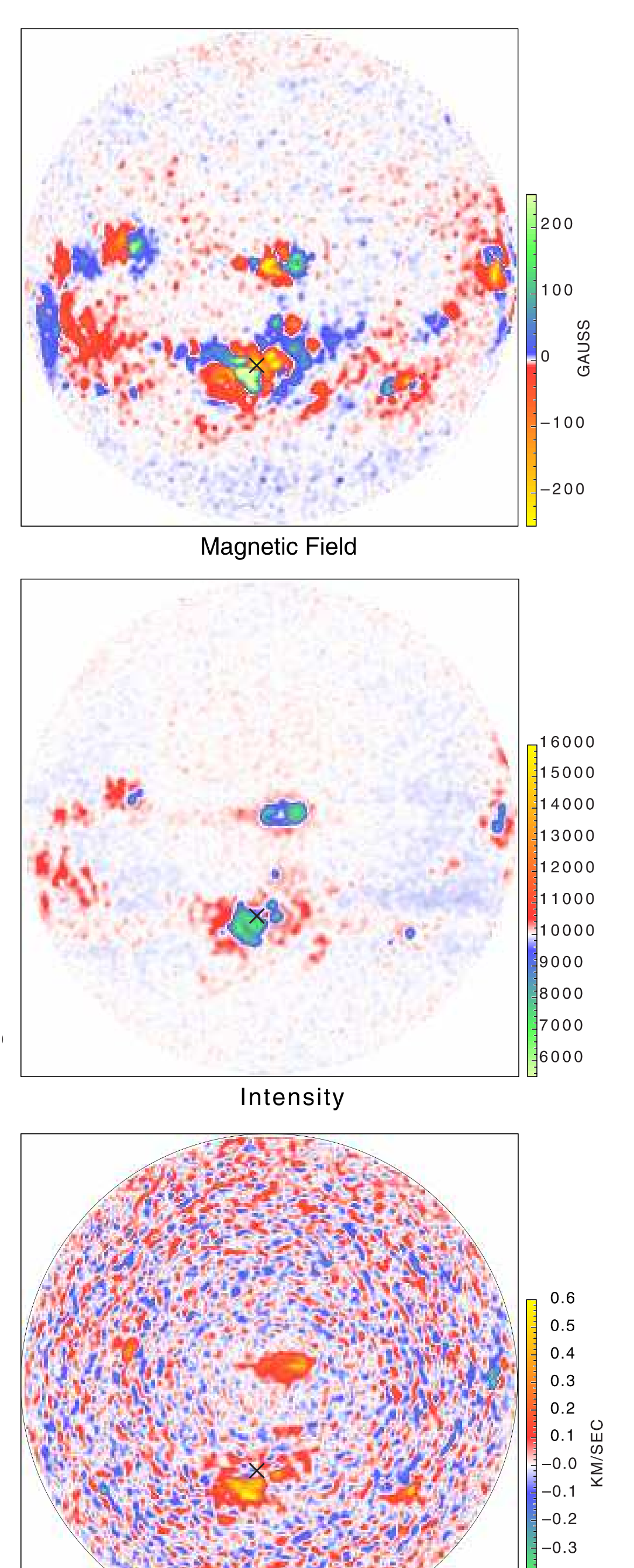Author: Roger Ulrich
Apr 29, 2022

The topic of Space Weather has become recognized as having great significance for society both nationally and globally. It is described as producing Low Frequency/High Consequence events. A conference organized by the National Academy of Science Committee on the Societal and Economic Impacts of Severe Space Weather Events: A Workshop, National Research Council (2008) presented a summary of those events producing the most substantial adverse effects.
The damaging effects from Space Weather come from induced rapid variations in the Earth’s electric fields and the consequent electric currents as well as from the penetration of high energy electrons and protons. To mention three examples: the Space Age Storm of Aug. 1972 knocked out telephone service in mid-America, in the Quebec Blackout Storm, breakers on long transmission lines of the Quebec power system tripped and the grid collapsed causing a blackout in Quebec province in March 1989, and the Halloween storms of Oct. 2003 swamped sensors on dozens of satellites and caused astronauts on the space station to see shooting stars even though they hid as deeply as possible. The Halloween storm flares are discussed by Dryer et al. (2004). Air lines reroute their high-latitude routes when warned of impending solar storms at a considerable increase in cost.
Conditions on the solar surface under which CMEs and flares can occur involve complex magnetic configurations in active regions. Although these conditions are well recognized, prediction of the outbursts is imprecise. Our recent study of solar rotation removed an effect we term the “Downdraft” wherein the material in the sunspot areas appears to be descending or subsiding toward the solar interior. This effect has been evident for many years but we have treated just as a nuisance to be removed. The downdraft in fact may be an additional indicator of the possible strength of the outbursts since the spectral line shift may be a consequence of actual downward motion that exerts extra stress on the magnetic field.
As an example of the pattern of downdraft seen associated with one of the above events, the Halloween storms, we show in figure 1 the three product images produced by the MWO program, magnetic field, intensity and velocity deviation. While the magnetic field and intensity images are familiar, the velocity deviation image is not. This image is formed from the array of Doppler shifts by subtracting global velocity function fits. What is not known from this set of images is the degree of anomaly of this case. A general impression from viewing many images with downdrafts is that this case is indeed unusually strong. A quantitative study is needed to properly categorize this result.